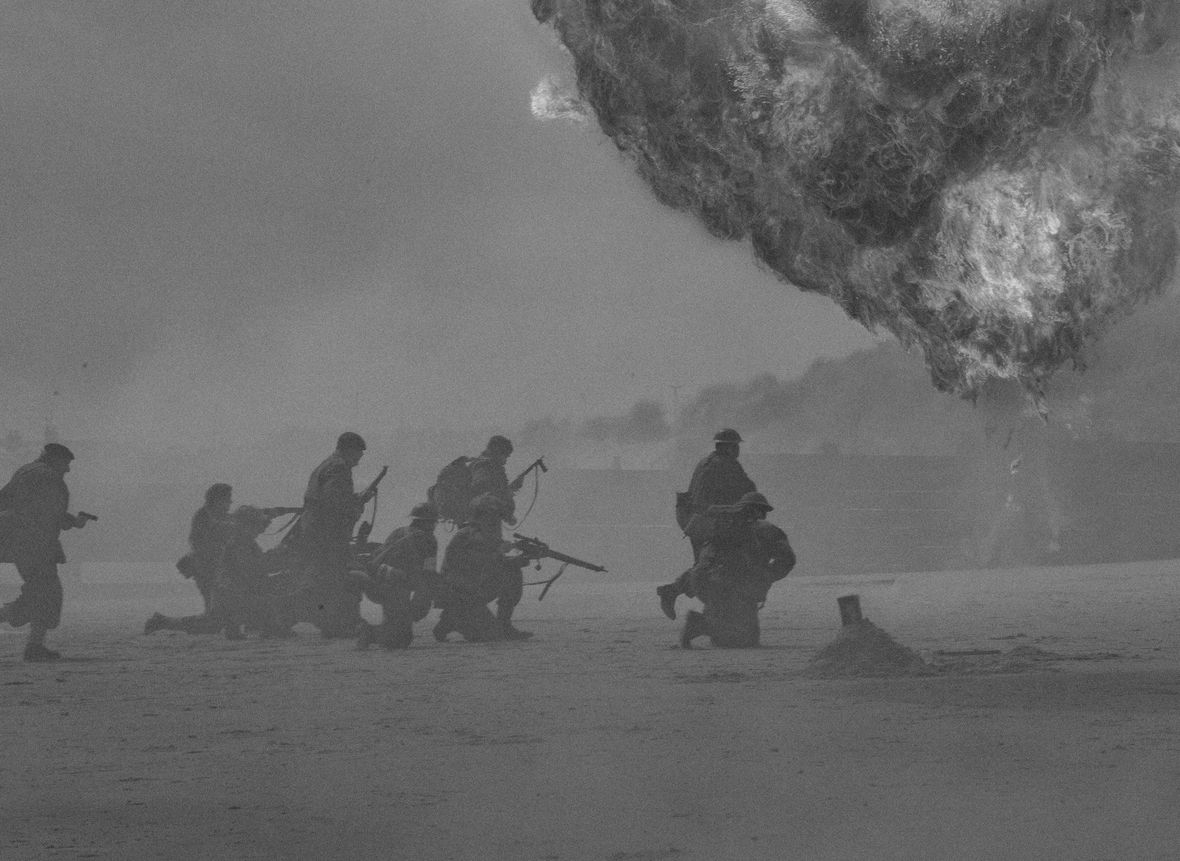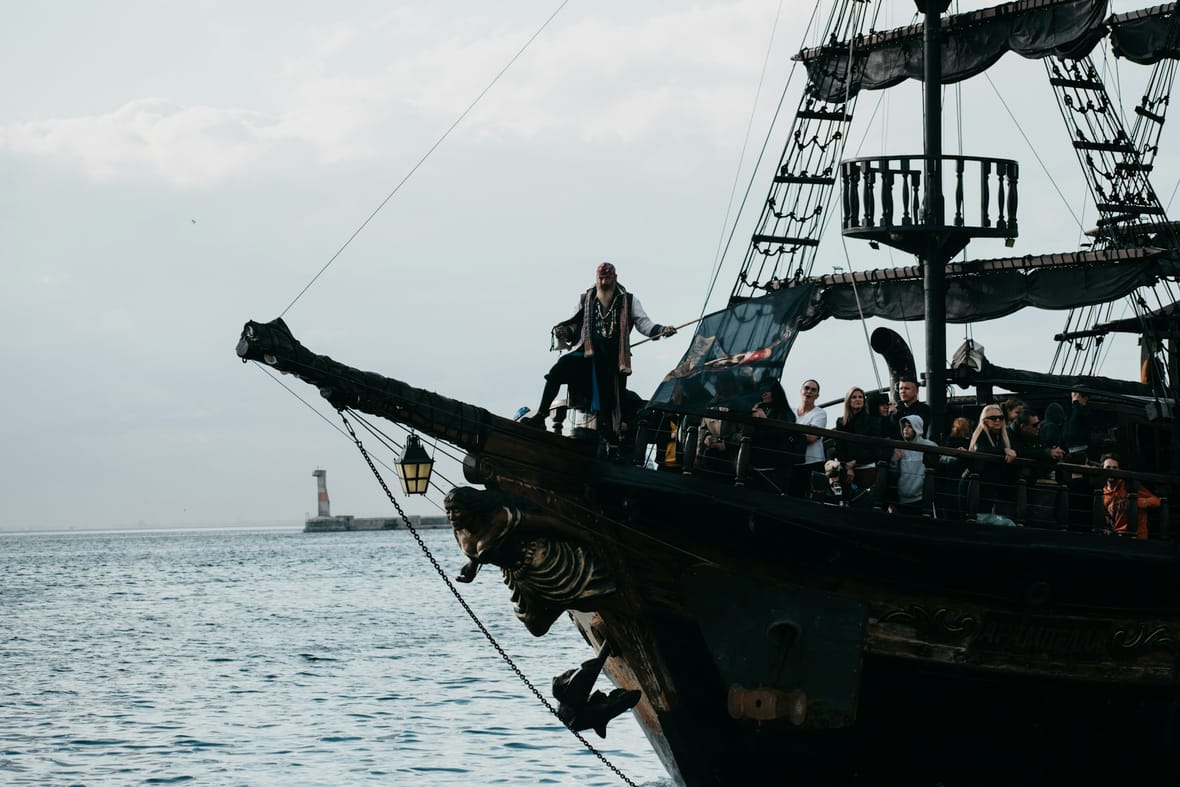12 Weird History Facts You Weren’t Taught in School

History is a huge part of our world, whether it concerns a whole country, a state, or even a few people. In school, we are taught the main points of history from World Wars to presidential elections, but some parts of history do not appear in your textbooks. If you’re curious about our world’s past, check out our twelve weird history facts proven to leave your mind spinning.
12. The University of Oxford predates the Aztec Empire

Putting things in perspective is a great way to see how history progresses differently in other parts of the world, but it also tends to blow your mind. Take for instance Oxford University. Though not the oldest university, Oxford has been in continuous operation since 1249, reaching far back into the history books.
Taking this knowledge of Oxford, we can look at the “ancient” civilization of the Aztecs. While considered quite old, the Aztec Empire is younger than Oxford University by 76 years, which is when the founding city of Tenochtitlán was established in Mexico in 1325. Just 196 years after that, the Spanish conquistadors came in and captured the city.
11. The use of forks was once considered sacrilegious

The use of silverware was not always common. There was a time when it was considered a sinful act. Even though forks were well-established in the Middle East, they only made it over to the Western countries in the 11th century.
When a Byzantine princess brought forks in her husband’s Venetian home she sent shockwaves through the court, as forks were considered an affront to God. Since He had given us natural forks, or fingers, it wasn’t until the 18th century that most of Europe had adopted metal utensils instead of our flesh ones.
10. There’s a virtually intact 2,400 year-old ship at the bottom of the Black Sea

When you think shipwreck, it often includes images of splinted masts, ripped sails, and a hull that’s split in two. This is not the case for an Ancient Greek ship found in the Black Sea, virtually intact. In part due to the anoxic waters (no oxygen), the vessel is thought to be a type of trading vessel only seen on Greek pottery. It has also been confirmed as the oldest known intact shipwreck in the world through carbon dating.
9. Edgar Allan Poe’s book The Narrative of Arthur Gordon Pym of Nantucket happened in real life

There is nothing quite as strange as seeing fictional events come to life. Unfortunately for the crewmen aboard the Mignonette, they were about to reenact Edgar Allen Poe’s 1838 novel The Narrative of Arthur Gordon Pym of Nantucket, written forty-six years prior. The novel tells the story of four crewmen in a whaling ship who become stranded, and must eat one of their crewmen to survive — this ends up being their cabin boy Richard Parker.
In 1884, there were four crewmen on the yacht Mignonette when they set sail. After capsizing on the way to Sydney from London, three of the crewmen decided to eat and kill the youngest among them…19-year-old cabin boy Richard Parker.
ALSO READ: 10 Biggest Stock Market Crashes in History
8. Since 1945 all British tanks have been equipped with tea making equipment

Great Britain loves tea, but this became a problem when on the battlefield. Before the advancements in technology in 1945, soldiers would have to climb out of the tank to boil a pot of water for tea. When a troop got caught by the enemy due to their smoke, a new invention was created. Known as a bivvie, the boiler vessel was installed to be powered by the tank’s electronics and provide up to a gallon of hot water. Tea, anyone?
7. The longest war was between the Netherlands and the Isles of Scilly for 335 years

While the shortest war only lasted 38 minutes, this conflict between the Netherlands and the Isles of Scilly lasted a staggering 335 years, but the reason why it was so long is quite peculiar. No one was killed during the war, which began around 1651 between the Dutch Navy and The Royalists from Scilly. When the Dutch sailed home after a Royalist fleet surrendered, they never took the time to declare peace on the Isles.
Only when combing through documents did the Dutch Embassy in London realize the war never ended! The two countries met and finally signed their peace treaty in 1986, ending a bloodless war three centuries in the making.
CHECK OUT: 13 Biggest Cyber Attacks in History
6. Hitler and his army relied on drugs to fight during WWII

While we know that several soldiers went to great lengths to stay alive during World War II, did you know that Hitler and his men purposely took drugs to fight during the war? A global war is exhausting, especially for the soldiers. Since Hitler was bound and determined to win his battle, he employed a secret weapon to keep Germany’s troops energized.
The drug was a pill called Pervitin, commonly used by housewives to lose weight and get their chores done. In battle, the pill helped soldiers stave off sleep and the horrors of war. The main ingredient? Methamphetamine.
5. One of the most feared and respected pirates in history was a Chinese prostitute named Ching Shih

You may have heard of the pirates Blackbeard or William Kidd, but who’s the most successful pirate in history? Ching Shih started her adult life as a prostitute, but when her husband died, Shih took over the infamous Red Flag Fleet. Comprised of more than 1,500 ships and 80,000 sailors, Shih became the most feared and successful pirate in South China. What’s even more impressive is Shih lived to tell the tale, with all of her acquired bounty intact.
4. When Israel was first formed, Einstein was offered the presidency but he declined

Albert Einstein is known for his advances in science as a theoretical physicist, but did you know he could have been a president? In 1952, David Ben-Gurion offered the presidency of Israel to Einstein through a letter, along with any funding the brilliant scientist would need to conduct experiments. Einstein politely rejected the offer, claiming he lacked the “natural aptitude and the experience” to deal with people in that capacity.
CHECK OUT: The 15 Most Expensive Video Games In History
3. The U.S. government tried to induce rain by bombing clouds

Before humans understood the water cycle and how clouds created rain, there were…other ways of trying to solve the problem. When Civil War General Edward Powers noted that it often rained after a battle, he concluded the noise agitated the clouds and caused precipitation. Powers was not the only man to believe this, as Plutarch and Napoleon drew similar conclusions.
In an attempt to try and conjure rain, the U.S. government ran an experiment twenty years after Powers’s claim. They equipped scientists with dynamite and kites, setting off bombs in the air and waiting for the rain to pour down. Unsurprisingly, nothing happened.
ALSO READ: 14 Most Famous Swords in History
2. The Roman Empire used gladiator blood to treat epilepsy

The Roman Empire was a tumultuous place, full of gladiator bloodshed and war. When gladiators were fighting in the Colosseum and died, their blood and liver became valuable medical materials. Epileptics, suffering from the “falling down” disease, drank human blood or ate human livers to stop their illness.
Some medieval executioners would even have to keep sick people away from the dead as they tried to harvest pieces of the bodies. Since epilepsy is an episodic illness, many thought they were staving off the illness, but that is far from the grisly truth.
1. Victorians ate arsenic to make their complexion paler

There is nothing more weird than willingly taking poison to change your complexion. In the Victorian Period, fair complexions were desired and people would do anything to get it. This feat was semi-achievable through Dr. Rose’s Arsenic Complexion Wafers since prolonged exposure to arsenic can cause vitiligo, or loss of pigment. Arsenic also can severely damage your internal organs, but it didn’t stop some Victorians bathing in “arsenic springs” to achieve their dream complexion.
READ NEXT: 20 Most Expensive Signatures in History
More About:Nerdable Picks
